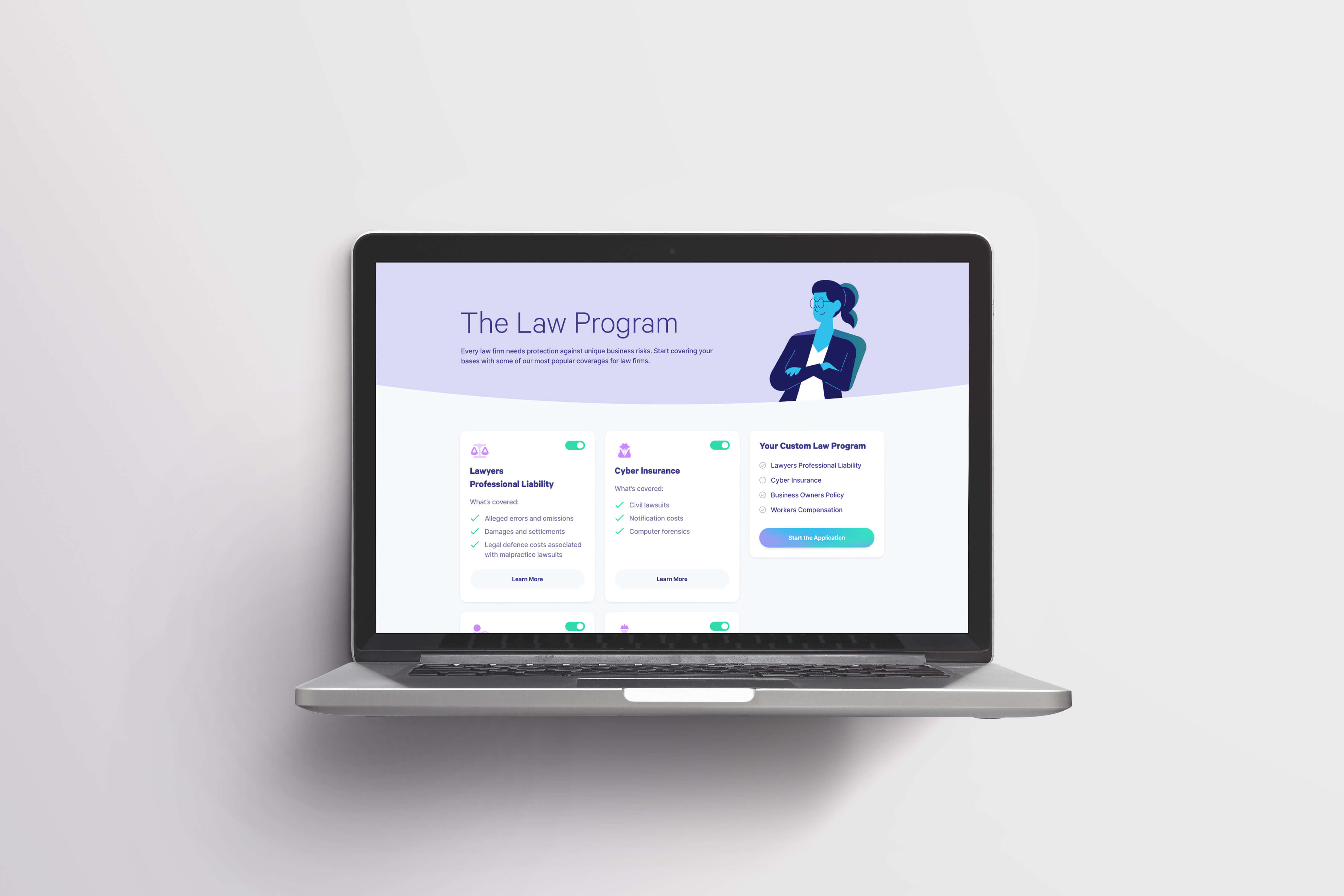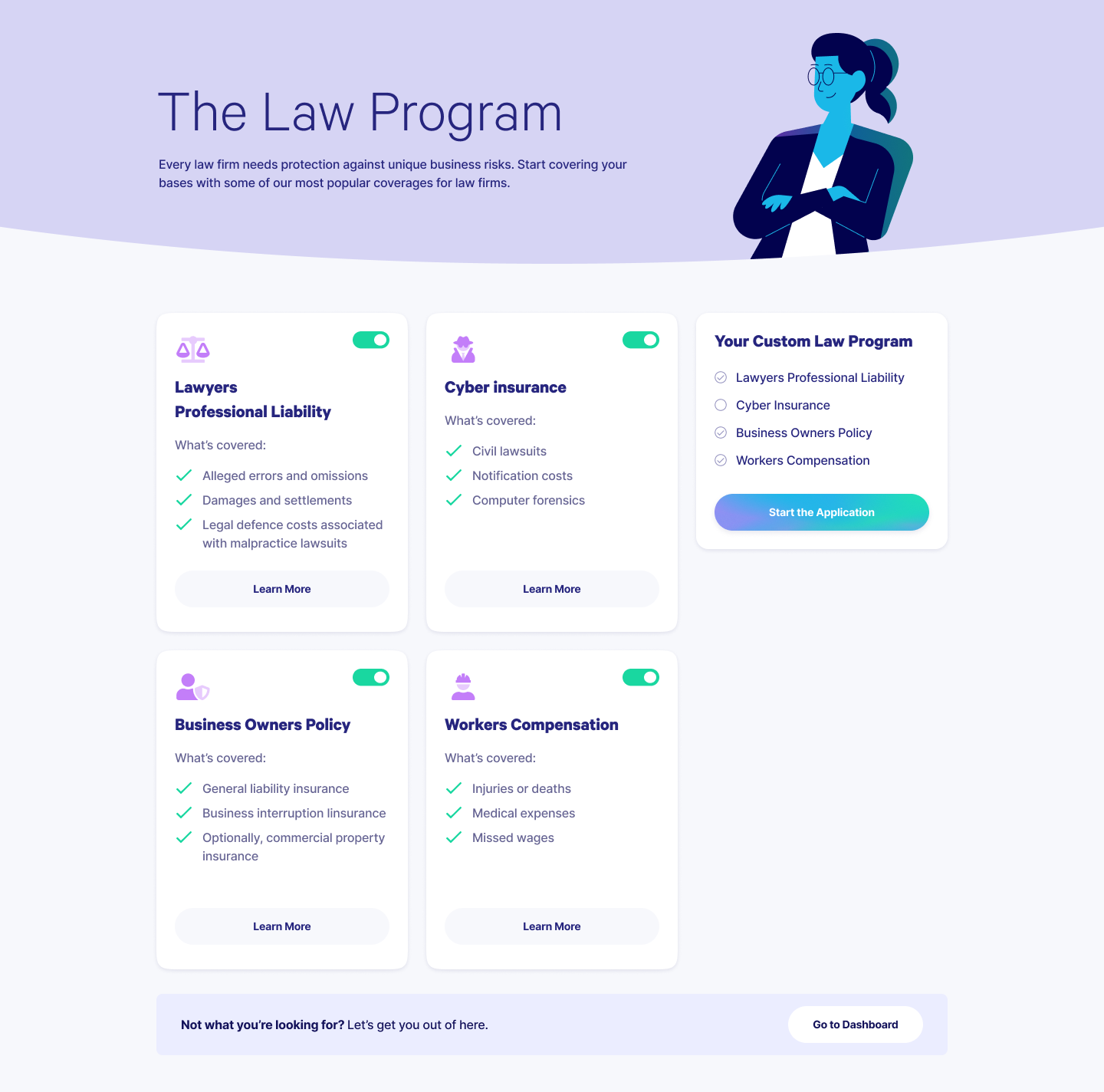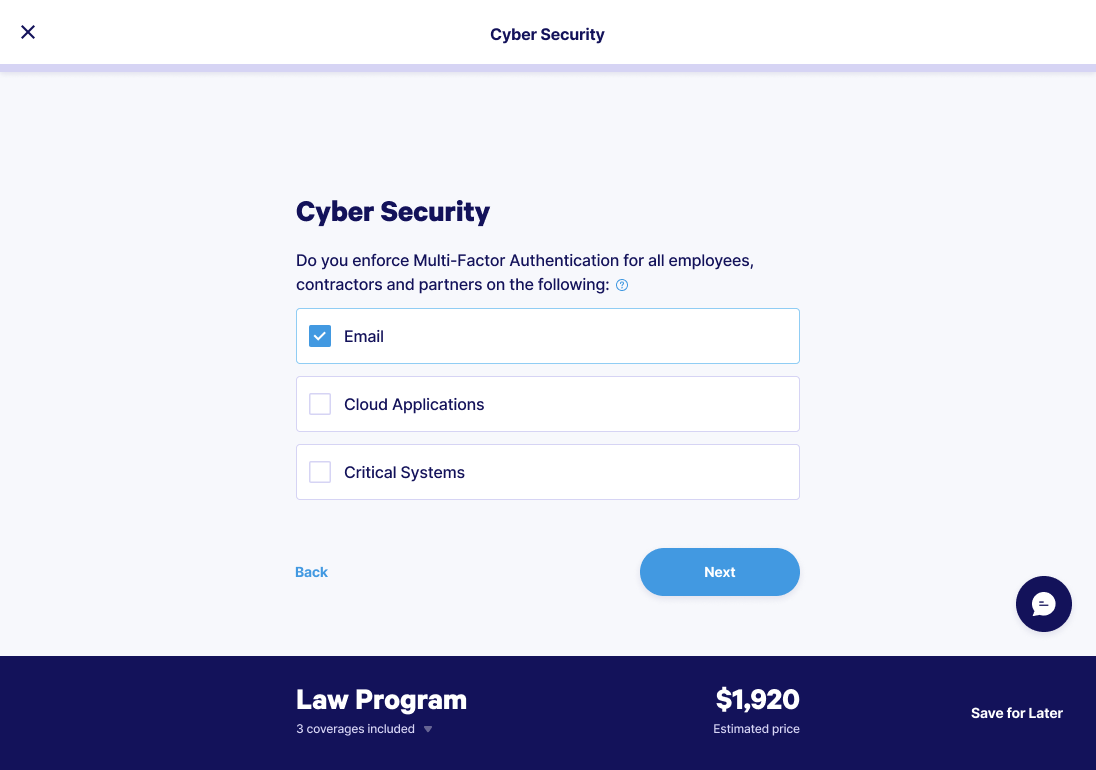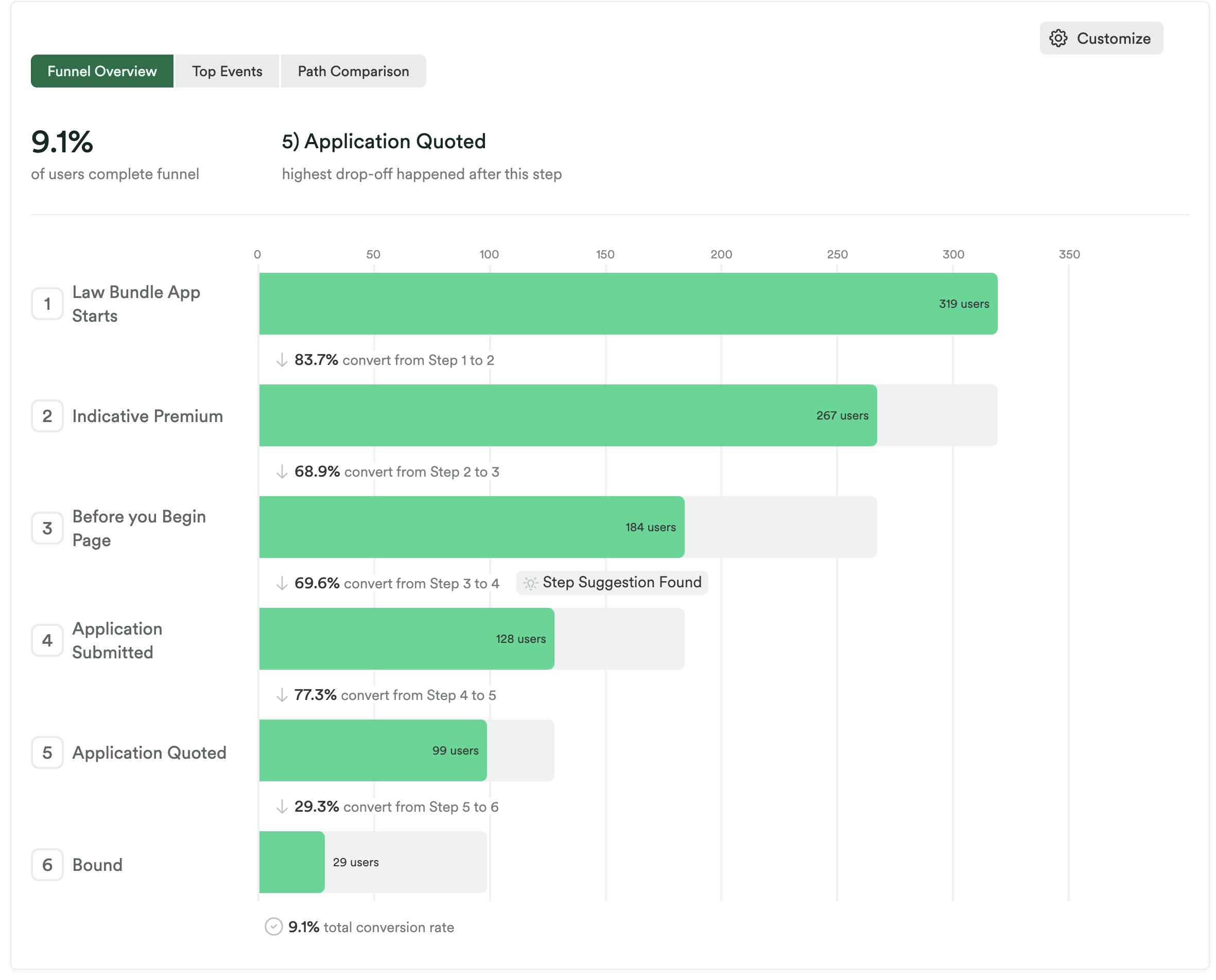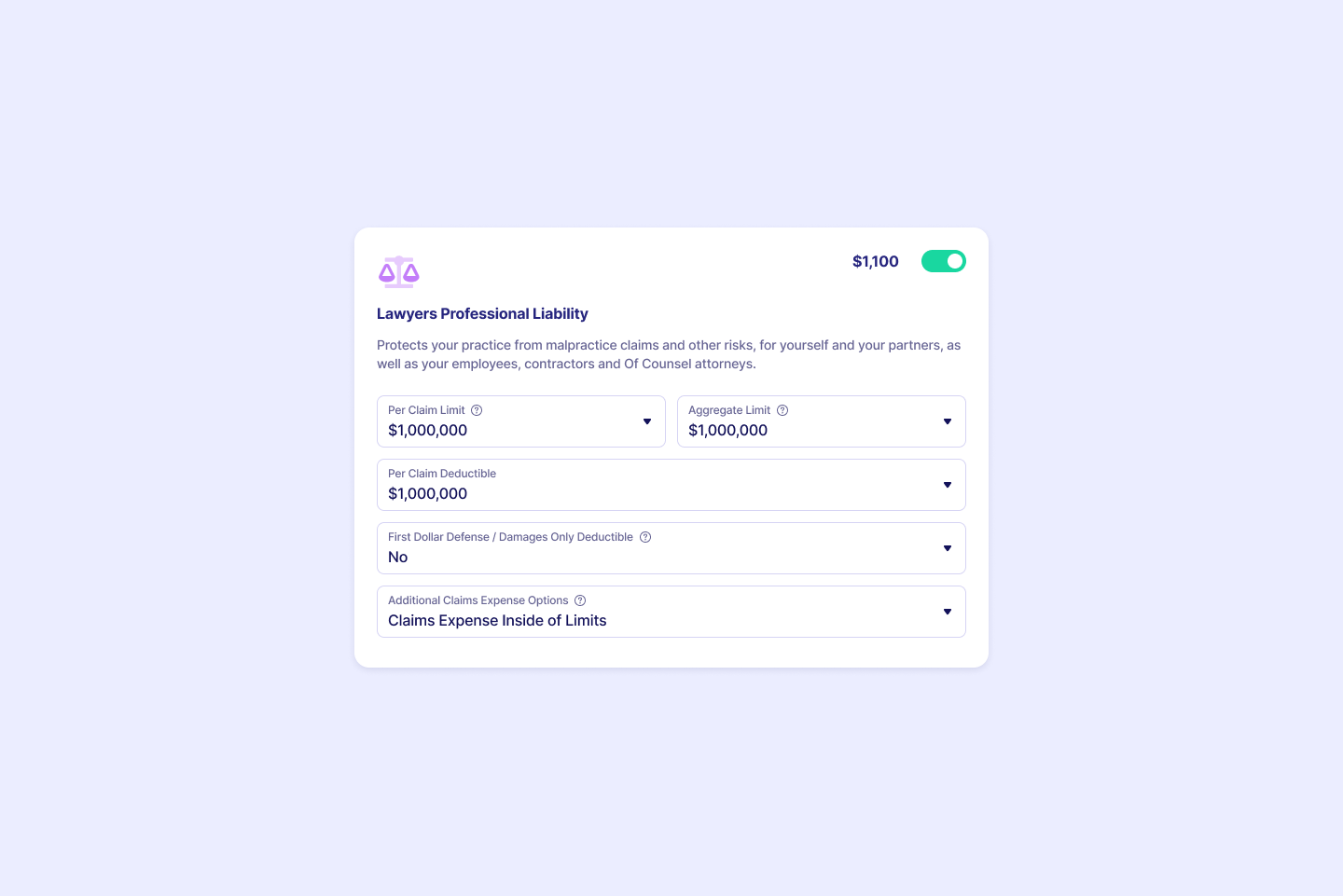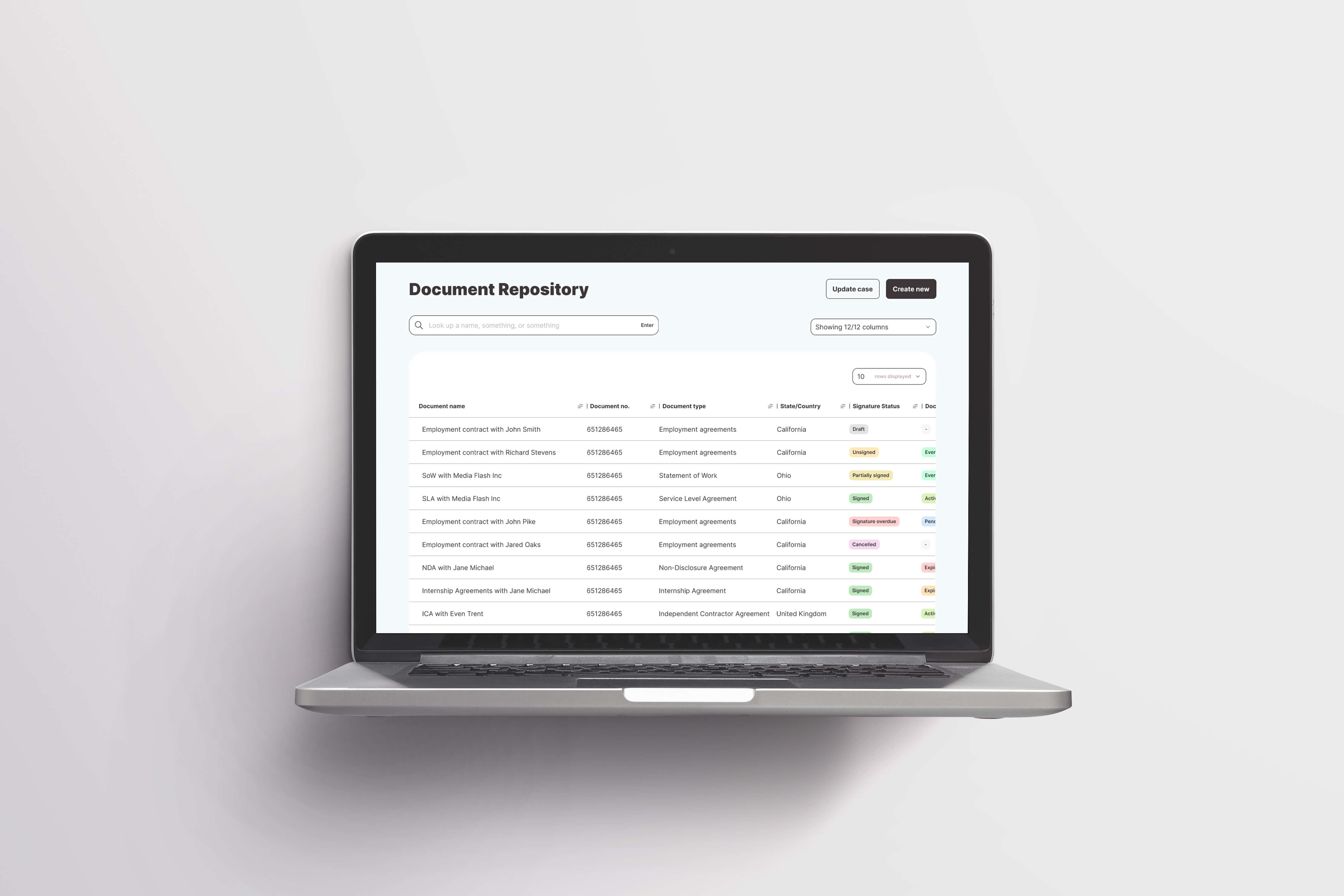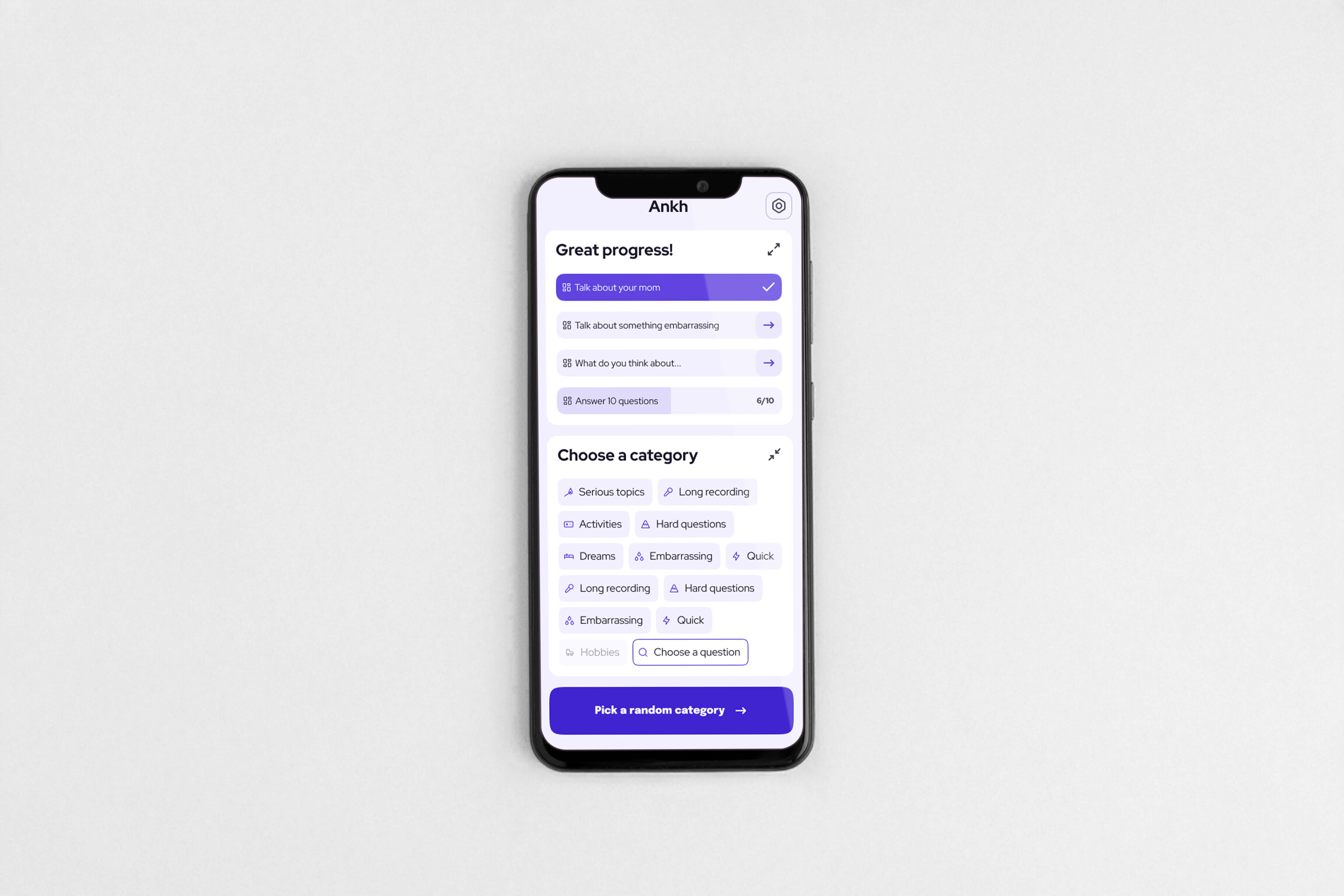Next steps
Development and testing
The initial testing phase involved the prototype, which revealed a few compliance-related issues. Those were addressed quickly, and after another review with the development team, we were ready for development.
During the development process, the design team made sure to be present whenever the developers needed our involvement during their grooming sessions, as well as ensuring we were available for any and all questions. As it often happens, a few smaller feasibility issues were uncovered during the development stage but were addressed quickly before the development moved on.
Without a budget for user testing, we made do with a comprehensive UAT stage where testers (representatives from all teams involved in the project) were asked to go over four different scenarios and test the flow in detail. Users were asked to keep an eye on any and all issues that might arise and to attempt to break the build if possible, while keeping track of how the steps they took could be recreated. They were also asked to record their screens while testing the build.
After two weeks of testing, the development team addressed any bugs that arose as a result of the UAT. Following another round of testing, the project was launched.
